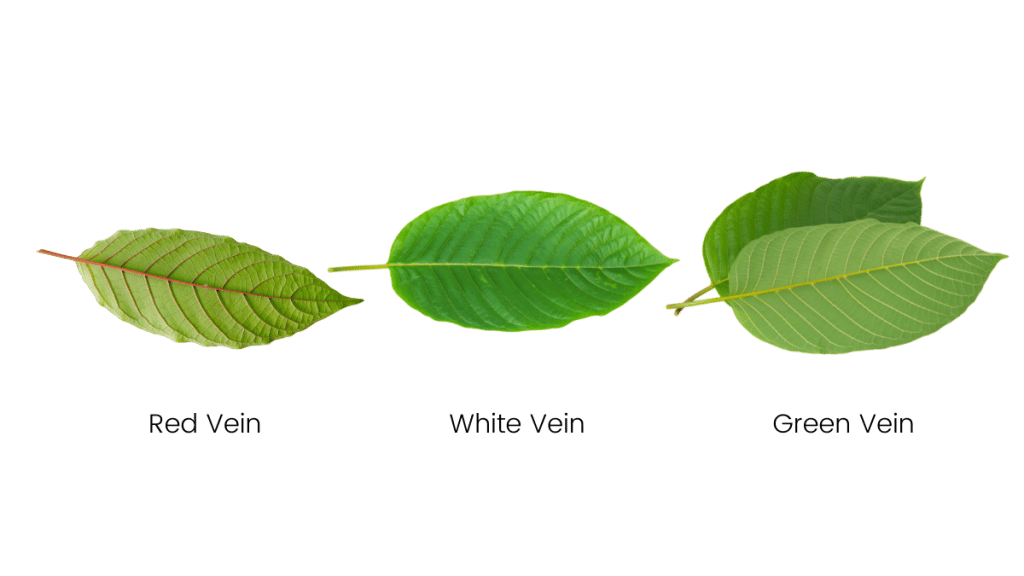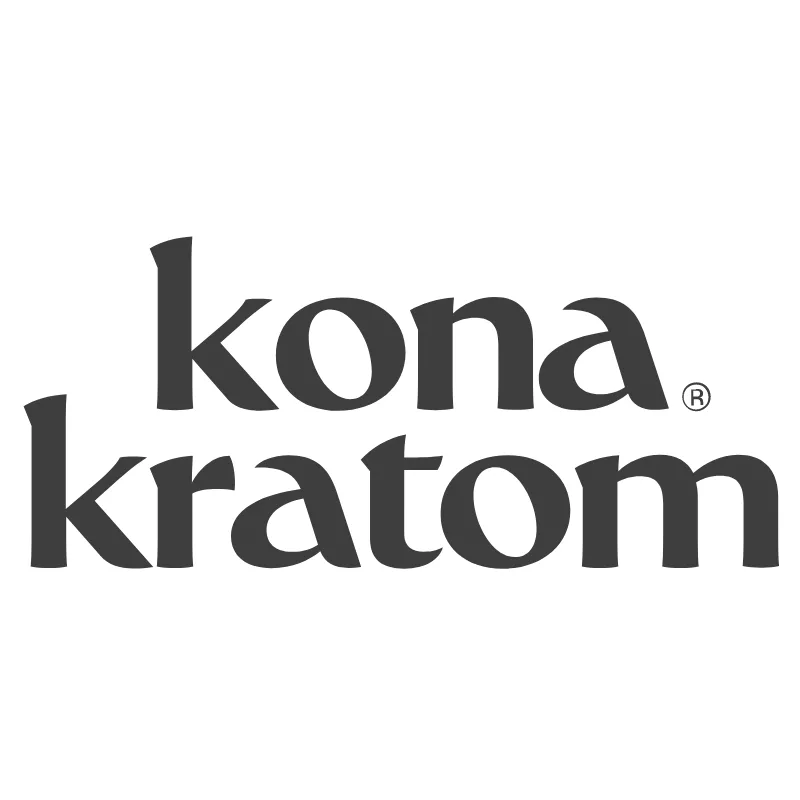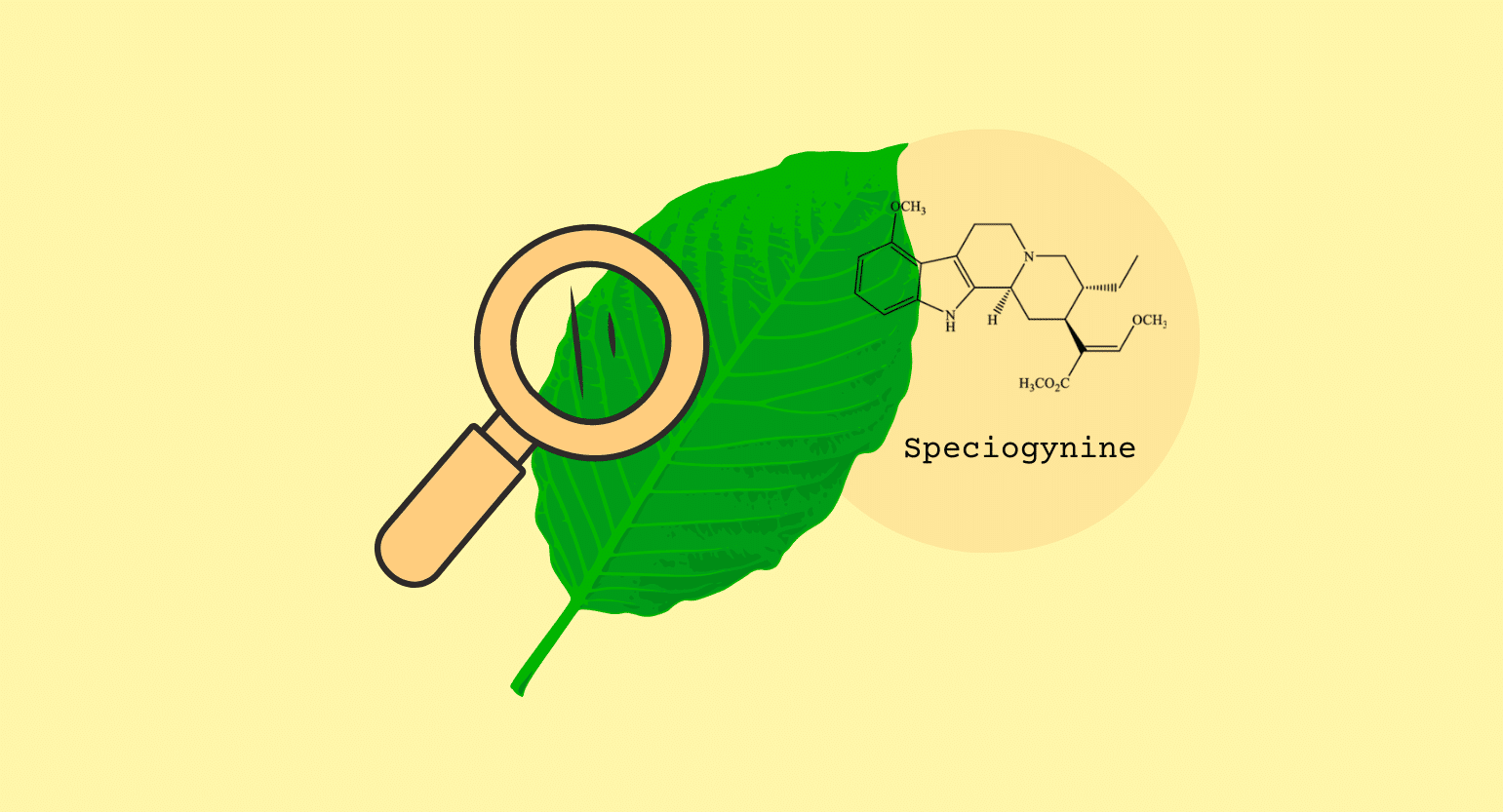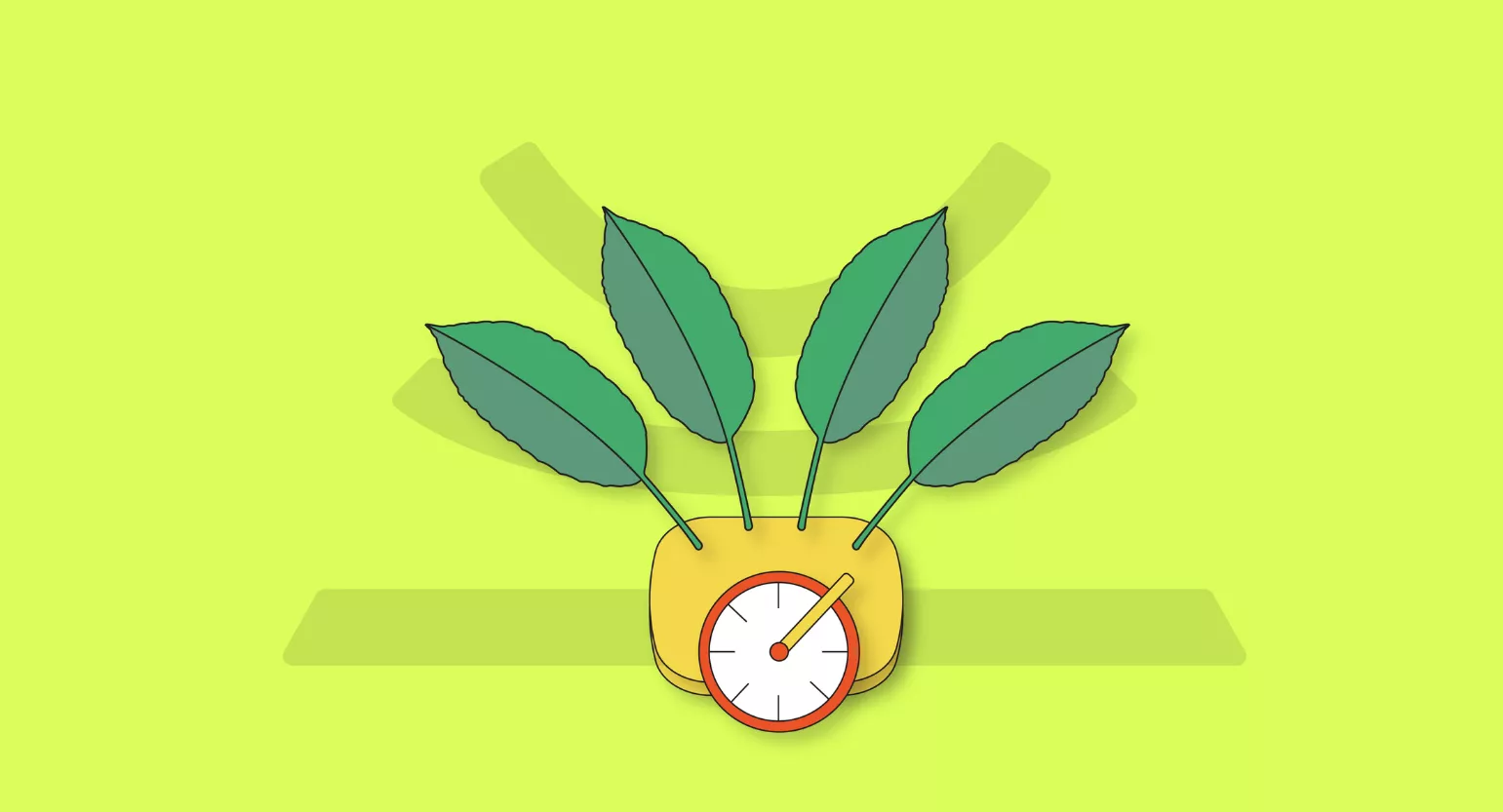How Is Kratom Harvested?
Kratom goes through various stages before you have it in your hands. We’ll delve into the herb’s harvesting process further below.
The Kratom Tree
Kratom is an evergreen tree that can reach heights of up to seventy feet and provide leaves all year round in the right conditions. However, it needs to get a specific size before one can start harvesting it safely, which can take around 3 to 4 years.
The tree is native to humid regions and typically doesn’t do well outside tropical rainforests. To achieve a good alkaloid composition, it needs specific growing conditions: soil, temperature, and light must be closely monitored for good results.
The Harvest
Once the tree is of appropriate size, farmers need to determine which variety of kratom they want to get from the tree. Kratom is categorized by the color of the veins on the tree’s leaves; these strains are defined mainly by the leaf’s maturity stage.

White-veined leaves are the youngest and contain high amounts of mitragynine, the alkaloid responsible for stimulation and focus.
As the leaves continue to mature, levels of the 7-hydroxymitragynine alkaloid increase, resulting in green veins. The balance of alkaloids makes this variety well-rounded and capable of providing both stimulating and analgesic effects.
At peak maturity, the levels of mitragynine decrease while the levels of 7-hydroxymitragynine continue to rise, resulting in red-veined leaves. These excel at sedation and pain relief.
The leaves are then picked carefully so the tree can be harvested again after another growth cycle. Interestingly, some cultivators prefer to leave the stems attached since it supposedly makes the kratom more potent.
Related: Kratom & Deforestation: Is It An Issue?
The Drying Stage
The batches that will not go through fermentation are dried right away. The way farmers dry kratom leaves changes depending on the environment.
Indoor drying requires close monitoring and sanitary conditions to ensure the leaves don’t develop mold and stay as pure as possible. Outdoors drying is riskier, but having the leaves spread under the sun prevents mold and mildew.

The Fermentation Process
Not all kratom needs to go through this process, but farmers looking for a unique product may decide to do it. During fermentation, mitragynine can turn into 7-hydroxymitragynine, resulting in a profoundly sedating strain.
Fermentation involves packing the kratom leaves inside large burlap bags and storing them in dark and warm indoor environments. It is crucial to let the leaves ferment for a specific time — between 24 and 72 hours — for the process to be successful.
The Powdering & Packaging
When the leaves are finally ready, it is time to turn them into a fine powder for use in beverages and capsules. This process was traditionally done with mortar and pestle, but today, industrial grinders are used to save time and get excellent results.
The last step is packaging the powder, which is done in sealed containers.

How to Ensure Your Kratom Was Harvested Safely
To ensure your kratom’s quality and purity, you must check that the store you buy from is AKA-certified. The American Kratom Association (AKA) created the Good Manufacturing Practice (GMP) Standards Program to group sellers that meet high-quality standards.
These vendors commit to implementing specific manufacturing procedures and regularly lab-test their products to ensure their client’s safety. Online stores such as Kona Kratom abide by these rules and go above and beyond to provide premium-quality kratom.

Kona Kratom
How Long Does Kratom Remain Fresh?
Kratom usually stays fresh for about three months after it is dried and turned into powder. It is not a lot of time, considering how many days pass until it reaches the store — and the time it sits on the shelf before you buy it.
Using the proper techniques to store kratom will allow you to extend its lifetime up to a year and ensure it retains its potency and purity. You’ll be able to save money and time in the long term since buying the herb in bulk has become a reliable option.
Use the following methods to keep your kratom fresh:
- Use airtight containers to avoid exposure to oxygen
- Keep the powder in a dry and cool place, away from moisture
- Avoid sunlight exposure using opaque jars
- Stow it somewhere without drastic temperature changes
- Keep it away from strong smells to preserve its flavor
In the short term, you can:
- Make kratom tea and freeze it in a non-glass container
- Pack individual doses on sealed bags, then store them in an airtight environment
Make sure to check your kratom often to tell if it is becoming stale. The signs that it is past fresh are a loss of color and if it smells off or if there’s the presence of mold, evidence of freezer burn, and other marks of decay.

Conclusion: How is Kratom Harvested?
During the harvest and processing, the properties of kratom are mainly defined by when it is harvested. Furthermore, these procedures are just as essential to getting good results as ensuring ideal growing conditions and practices.
After the herb is turned into powder but before it is commercialized, it is crucial to conduct lab tests to ensure the product’s purity and safety. For this reason, we recommend only buying kratom from reputable online vendors and storing it properly.









